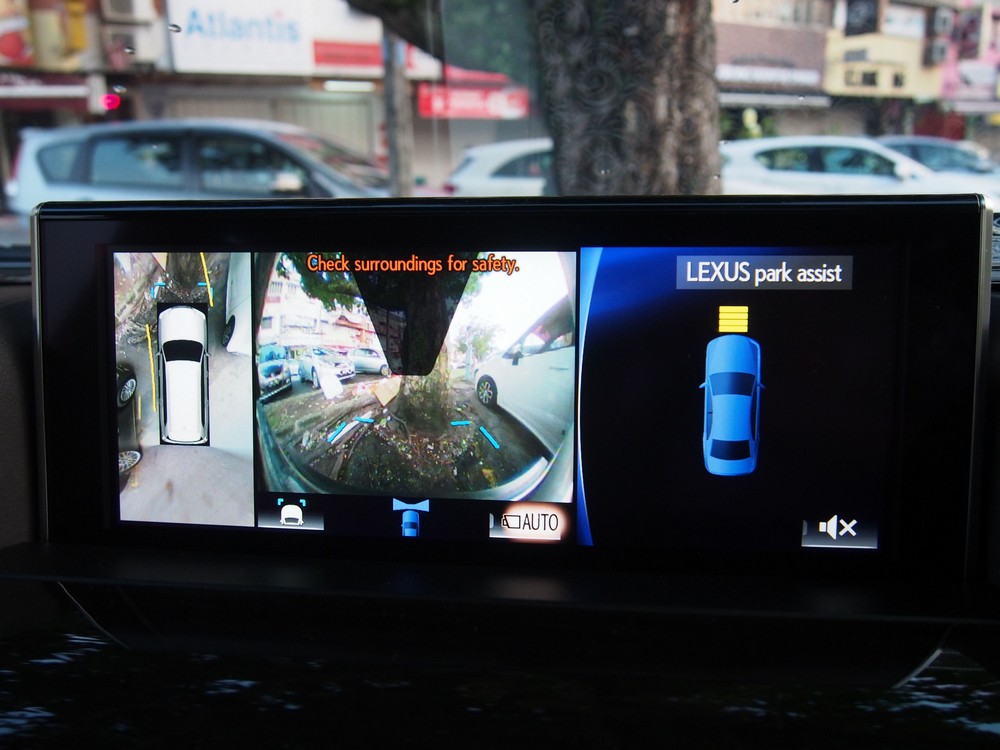Rear view cameras — giving your car eyes in the back of its head
By DPA | 18 June 2021
BONN: Parking in a tight space can get really stressful. As you manoeuvre and strain your neck to see through the rear window, impatient drivers back up behind you and honk their horns. Wouldn't it all be easier if you had a camera to help?
In many new cars, even small and inexpensive ones, they now come as standard, and others offer them as optional extras. They are positioned near the number plate and automatically turn on when you engage the reverse gear.
In vans and motorhomes - vehicles whose rear end position is often a matter of guesswork - cameras are often mounted at the back of the roof. Cameras as assistance systems can not only help with parking but also manoeuvring with trailers.
The advantages are not only simple and safe handling, especially for large and confusing vehicles, but also increased safety, says Robert Nitsche, an electronics expert from Germany. "With cameras, car drivers can see the parking space exactly," he says, "and they can also see children, animals and any other obstacles."
Quite simply, they make parking much easier, says Michael Zeitler, an automotive electronics specialist, and they're easy to fit on most cars - usually on the handle of the boot or on the number plate bracket.
"If the entertainment system can process video signals and has a monitor, only the camera needs to be retro-fitted," says Zeitler. "In mobile homes with a large cockpit, there's also room for an additional monitor."
Older vehicles will require a double DIN radio with a screen, or a new rear-view mirror with an integrated monitor for the rear-view camera.
Systems that transmit by wireless are cheap - roughly €100 (RM493) - but the experts say cable-based systems are better. "Radio links are susceptible to interference and interference, break-up and frozen images," warns Michael Zeitler. This is because the cameras transmit their signals via a frequency that very commonly used in cities.
Cable-based cameras with a compatible multimedia input and a monitor cost two to three times more.
If the multimedia interface is missing, you'll need to spend more (around €450/RM2,218 to €600/RM2,958 in Europe) for a special video adapter. An interior mirror with monitor and camera will set you back around €650 (RM3,204) in Europe. Labour is not included in those prices.
But it's worth it, according to car tester Bernd Volkens from the German motor magazine Auto Bild.
"In contrast to acoustic parking aids - parking beeps - drivers with reversing cameras can see to the centimetre where they can drive to," he says. "It really makes parking stress-free."
Audio warnings, on the other hand, stop the driver at a safety margin of up to 40cm. This means drivers are often wasting space when manoeuvring.
In his opinion, the simplest retro-fitting option is a camera at the rear, which transmits via Bluetooth to a smartphone or entertainment system. But here, too, you'll need to keep an eye on the susceptibility to radio interference, and there may also be a delay on the video images.
For old vehicles without a double DIN slot, the only solution is a separate, permanently installed additional monitor, says Volkens. "The camera is simply coupled to the reversing light so that it knows when reverse gear is engaged."
If you know what you are doing, you could fit one yourself in about three hours. But you should be aware that the system can cause problems if the reversing camera diverts power from the reverse light.
"Anyone who isn't familiar with vehicle wiring should consult a specialist," Volkens says. This brings the added advantage of warranty, should things go wrong with the equipment.
Tags
Autos News
Reviews

First drive with the 2025 Hyundai Tuscon and Santa Fe: Seoul...

5.8
Kymco AK550 Premium: Smart easy rider

BYD Seal 6 Premium: Sweet deal, generous kit, sensible prici...

8.7
Mazda CX-80 2.5G PHEV AWD High Plus: Upmarket upgrade

Proton X50 Flagship: Tuned for success

6.6
Triumph Trident 660: Beautifully balanced package

8.4
Mercedes-AMG GLA 35 4Matic: Never a dull moment

Lamborghini Urus SE: Ultimate control
Videos

Free & Easy Media Test: Latest Proton X50 Flagship to Kuanta...

Zeekr Space Sunway City Video

Honda Civic Type R Ultimate Edition: Last 40 Units for Europ...
